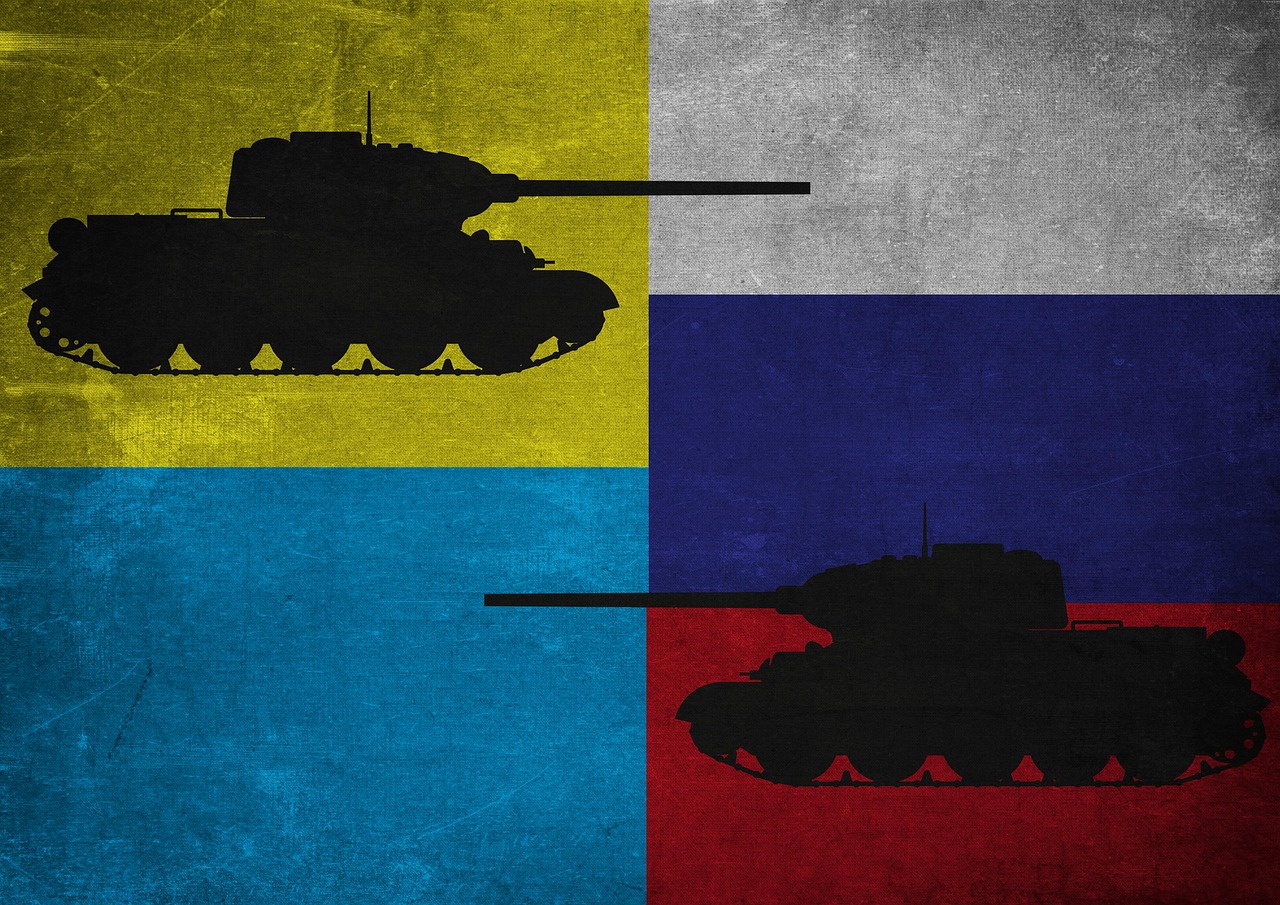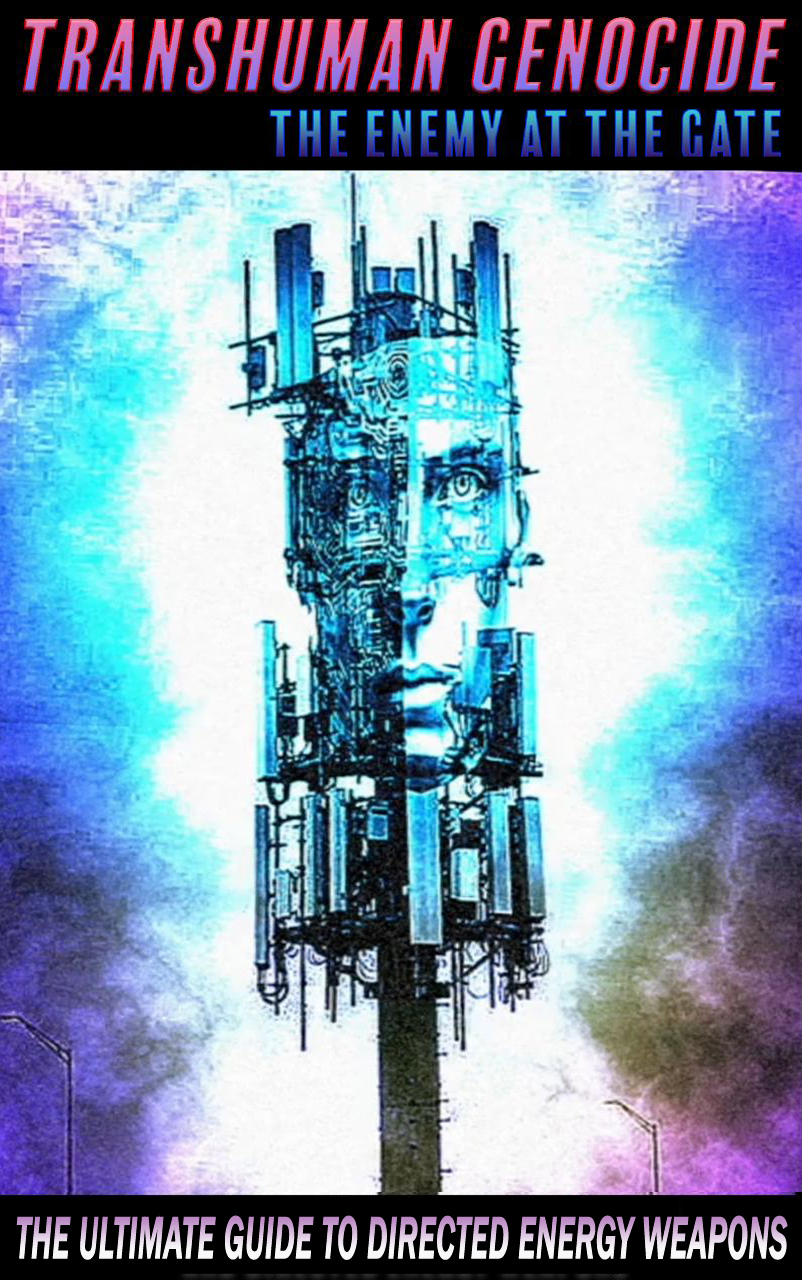Drones, once a futuristic concept, have now become the harbingers of obsolescence for traditional tanks in modern warfare. The battlefield in Ukraine witnessed the destruction of a Ukrainian MBT by Russian drones in Kharkiv, underscoring the vulnerability of heavy armor against these unmanned swarming tactics. The Leopard 2 main battle tank’s performance in the Ukraine-Russia conflict further highlights the shifting dynamics where drones reign supreme.

As per conventional wisdom, FPV drones are reshaping warfare dynamics, posing a significant challenge to main battle tanks, particularly evident in Ukraine. These drones, costing a mere $500 each, have upended traditional combat strategies, rendering even advanced tanks susceptible to their stealthy and lethal attacks. Tank crews find themselves scrambling to defend against the onslaught of FPVs, struggling to adapt to this new era where technological prowess trumps heavy armor.
Ukraine’s rapid escalation in manufacturing FPV drones, with production numbers skyrocketing to 200,000 per month, signals a strategic shift in tank warfare tactics. These inexpensive yet effective drones have proven to be formidable tank killers, disrupting the battlefield balance and forcing Russia to confront its reliance on outdated tank models. The cost-effectiveness of drone warfare has not only leveled the playing field but also pushed tanks to assume a role more akin to mobile artillery rather than frontline combatants.
The revolution in modern warfare orchestrated by Ukraine through its utilization of cheap kamikaze drones has far-reaching implications. With drones capable of strategic tank destruction at a fraction of the cost of armored vehicles, Ukraine’s prowess in drone technology has not only bolstered its defensive capabilities but also positioned it as a potential exporter of drone systems post-conflict. The country’s self-sufficiency in drone production contrasts sharply with Russia’s dependency on drone imports, painting a picture of technological asymmetry in the ongoing conflict.
The intent behind Ukraine’s drone warfare strategy is clear – to disrupt the conventional power dynamics in warfare and level the playing field with technologically superior adversaries. The means through which this agenda is executed, with the mass production of cost-effective drones and strategic targeting of tanks, reveal a calculated effort to redefine modern warfare tactics. The opportunity presented by the vulnerability of tanks to drone attacks has been skillfully exploited by Ukraine, showcasing a mastery of asymmetrical warfare techniques.
Looking ahead, the ramifications of Ukraine’s drone warfare transcend the current conflict, offering a glimpse into the future trajectory of warfare. As drones continue to evolve and proliferate, the traditional dominance of heavy armor on the battlefield may become increasingly tenuous. The implications of this shift extend beyond Ukraine, signaling a paradigmatic transformation in military strategies globally. The age of drones has dawned, and those who fail to adapt risk being left behind in the annals of military history.

